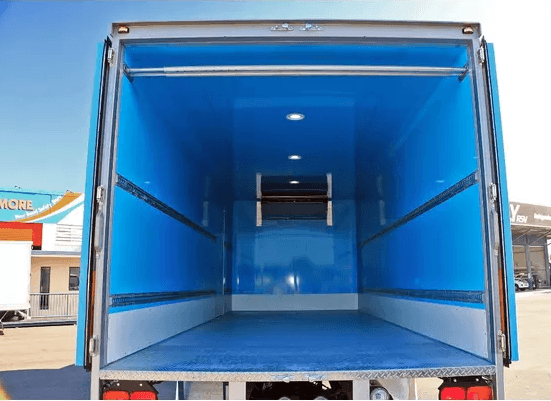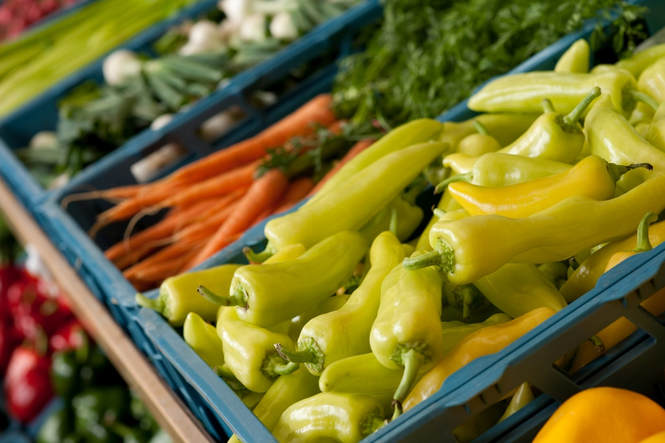Cold Chain Transportation: Managing and Protecting Perishables
Last month we looked at the Australian Cold Chain Guidelines 2017, which cover every aspect of cold chain transportation across the nation.
For this month’s blog, we’ll take a deeper look into the challenges and considerations that everyone in cold chain transportation must face when going about their business. These guidelines may seem rigid, but they serve to protect consumers of perishable goods from potentially dangerous exposure to bacteria and other health risks.

Storing and Transporting Mixed Products
In the best case scenario, different types of produce should not be mixed together. Logistically this is not always possible, so the following rules must be applied if mixed delivery is to occur.
To prevent heat transfer caused by mixing products, new products must be placed into a ‘settling in’ space when placed in refrigerated transport. This is to allow the temperature to stabilise without compromising nearby products. Such spaces include specific cartons and insulated partitions.
If such a space is not available, users should place new produce as far away from existing produce as possible. Care should also be taken with regard to heat sensitive produce such as ice cream and confectionery – newly introduced products can quickly damage nearby heat sensitive items before temperature is stabilised.
Managing the Risks of Heat Transfer
Heat transfer is something that must be considered in cold chain transportation. Those transporting goods must consider the effects of heat convection, conduction and radiation.
Convection refers to a warmer product heating up the surrounding air, which can impact nearby products. Conduction is direct contact, such as a container touching another container of a different product, while radiation refers to a product generating or radiating heat onto a nearby product.
If mixed products are to be delivered together, cold chain transportation guidelines state that these aspects of heat transfer must be considered. If heat transfer is likely to raise the temperature of a product above NEVER WARMER THAN conditions, steps must be taken to prevent this.

How to Respond to Breaks in the Cold Chain
Any breaks in cold chain standards that are detected must be actioned as quickly as possible by those who noticed the problem. They must contact the business owner and outline the nature of the issue, and specify if one of the the three major cold chain transportation rules has been broken. The manufacturer or producer must also be notified of the cold chain break. If there are specific instructions given regarding the break in question, the user must follow these instructions in full.
Beyond this, users who notice a break in cold chain guidelines must document what happened for posterity. The information they write down must include the break in question, the efforts taken to mitigate or solve the problem and all the parties involved and consulted on the issue.
Cold chain transportation standards are designed to prevent oversight or dangerous corner cutting in the delivery process. Users wanting to view the full guidelines can follow this link.
Advanced Refrigerated Transport – Hire or Buy from Scully RSV
Our Brisbane sale and hire yard offers extensive refrigerated transport options for businesses of all sizes. To speak to our team about our sales range or Brisbane, Sydney and Canberra truck hire, give us a call on 1800 728 559 or fill out our online contact form.
To view our range in person, you can find us at 973 Beaudesert Road, Archerfield. We are open from 7.30am to 5pm Monday through Thursday, and 7.30am to 4pm on Fridays.
Want to find out more about refrigerated vehicles? Check out our previous posts:
3 Tips for Successfully Transporting Frozen Food
Australian Cold Chain Guidelines – 3 Essential Rules
5 Maintainance and Safety Tips For Your Insulated Truck
Our Truck Repair and Maintainance Services

